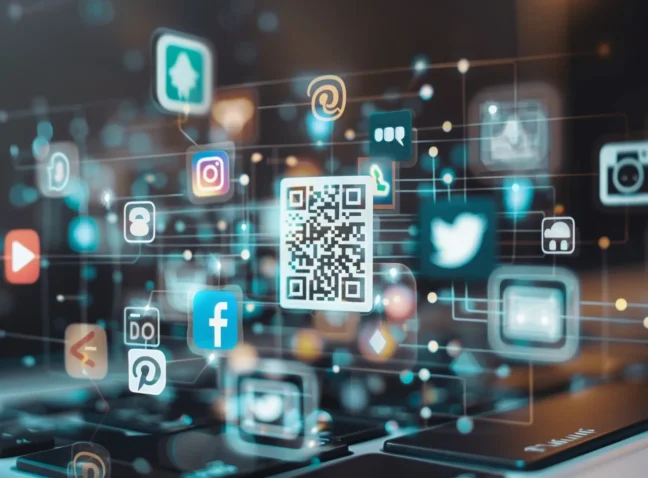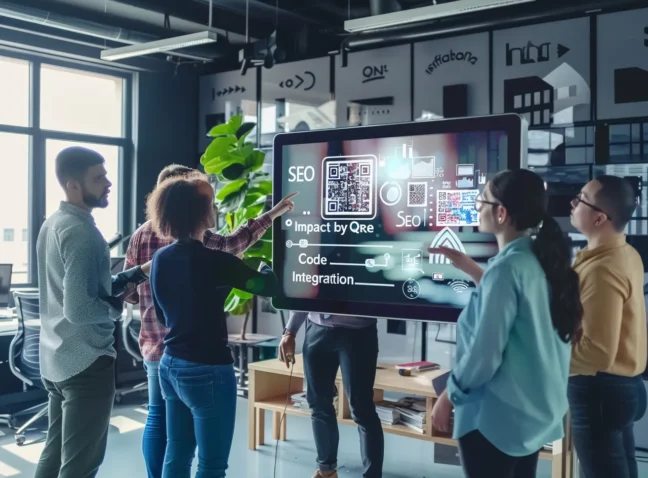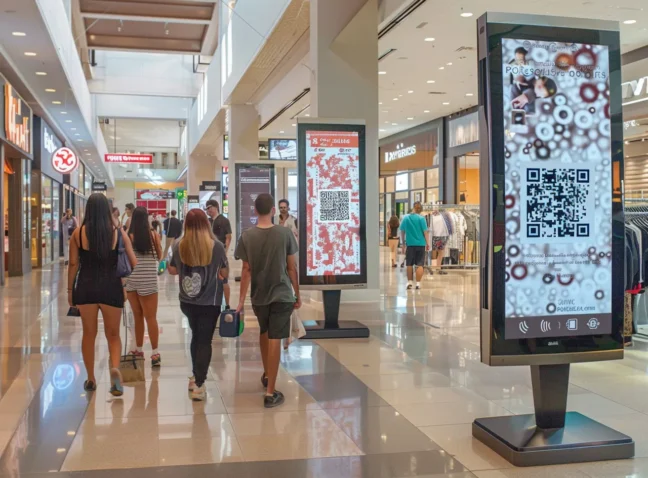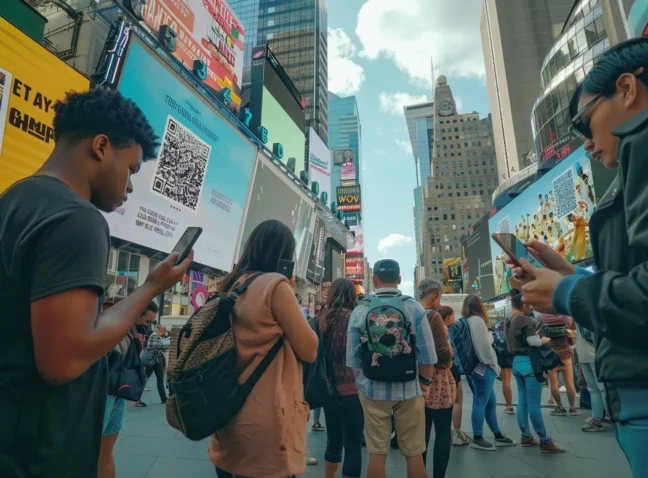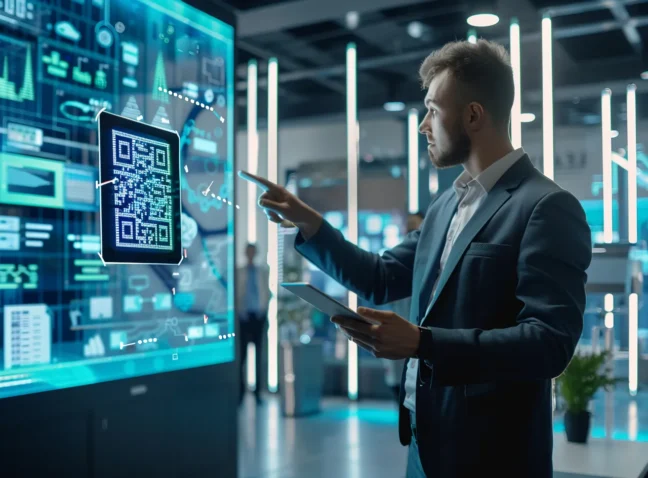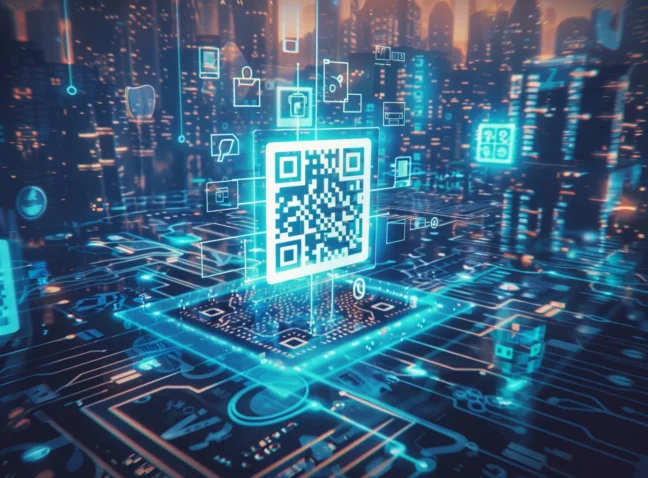Why QR Codes Are Key to Modernizing Restaurant Menus
The beauty of QR codes in restaurants is rooted in their straightforwardness and adaptability. With a simple scan from a smartphone, patrons are directed to a digital menu, bypassing the need for physical copies. This shift significantly lowers the risk of transmitting germs, a paramount concern in today’s health-conscious society.
Moving on, these digital menus offer the flexibility to update offerings instantaneously, reflecting changes in availability or special deals, eliminating the expense and waste of reprinting. QR codes cater to the contemporary diner’s preference for quick and convenient dining experiences. A quick scan allows guests to view the menu, understand dish details, and even order without the wait for service staff. This efficiency not only enriches the dining experience but also leads to quicker table turnover, enhancing restaurant operations and financial performance.
QR code generator for Restaurant Menus
Feeling like spicing up things throughout your restaurant venue? Ready to give your dining spot’s menu a digital kick? Check out our page on crafting QR codes for dining menus, and see how you can add a touch of modern convenience to your guests’ experience. Let’s get started!
